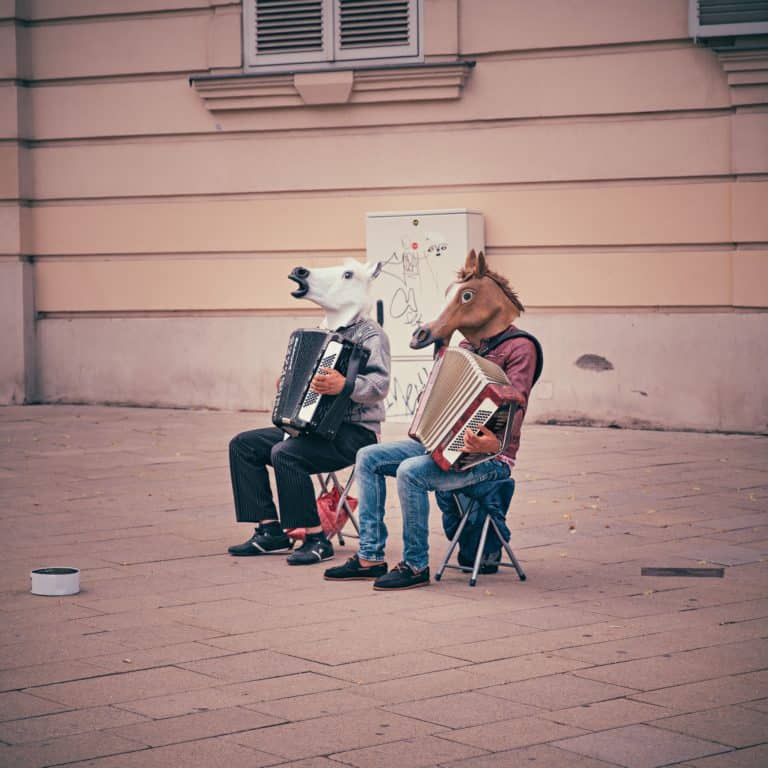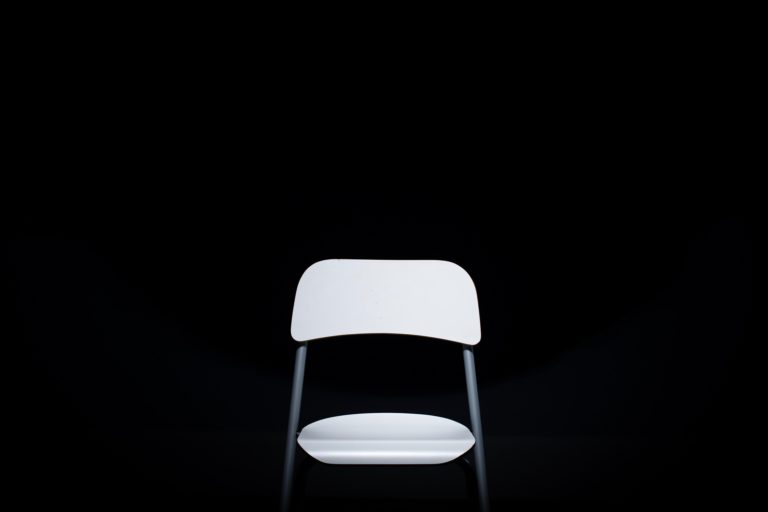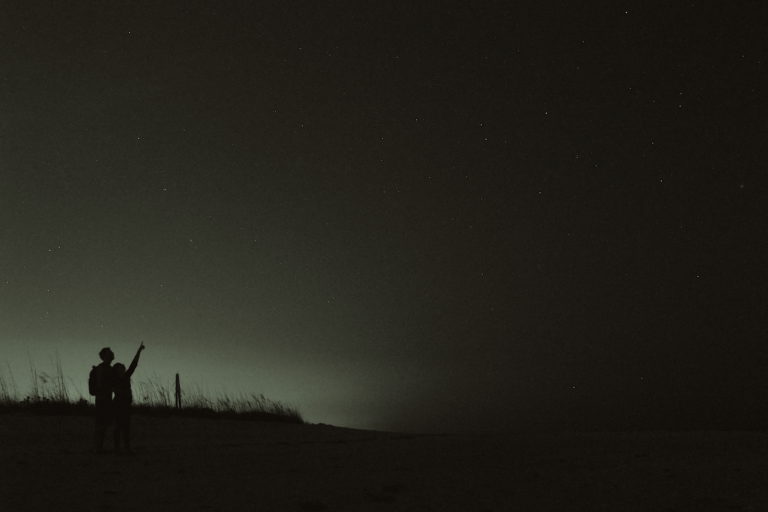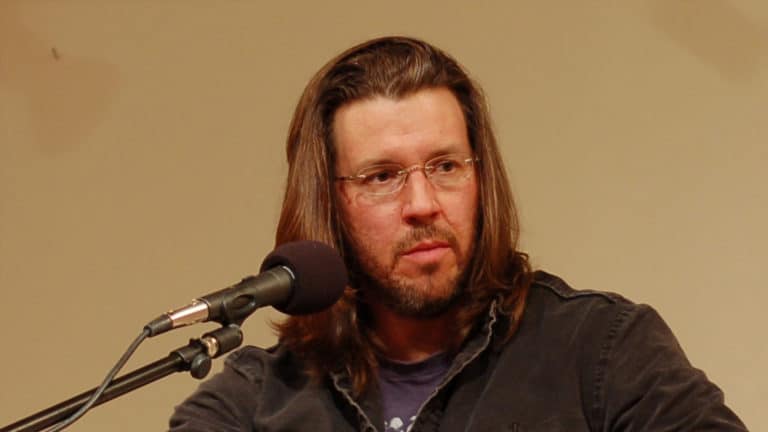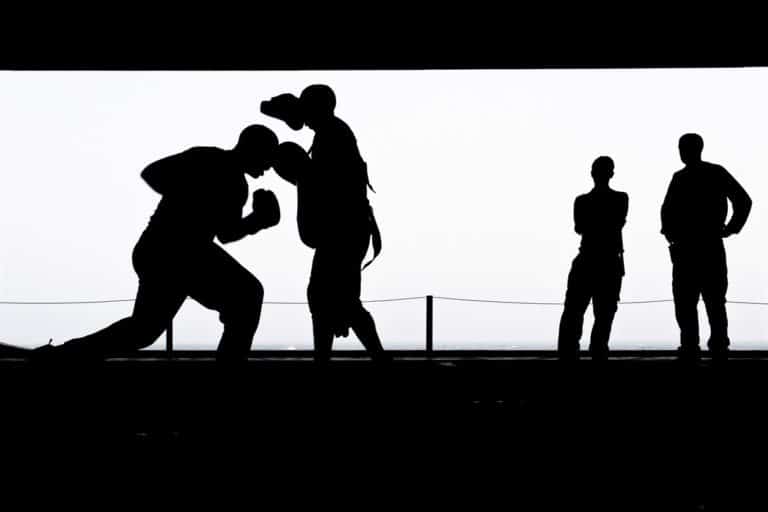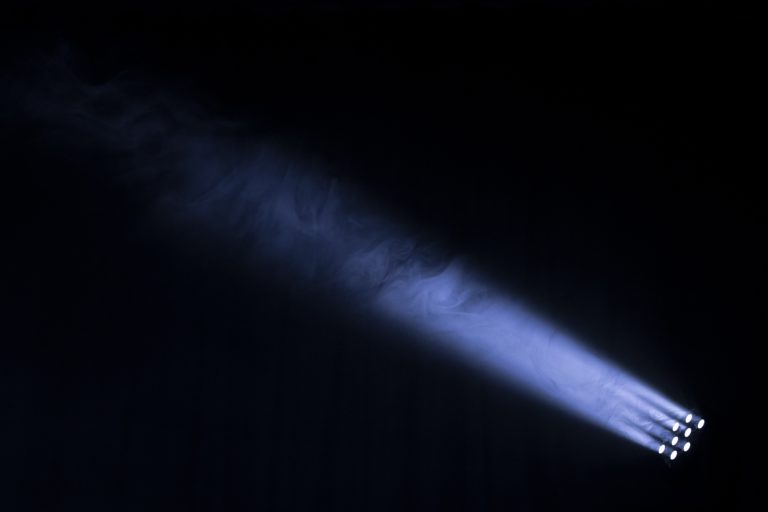Twice in my life, I’ve stolen things.
My first theft was almost an accident. It was a pair of clip-on rhinestone earrings, glittery and bright. They cost $2.99, and they definitely didn’t go with my t-shirt and jeans. I was in college, out shopping at a discount store with a rowdy bunch of friends. I put them on, looked in the tiny mirror on the revolving rack, and liked what I saw. But I had pierced ears. I didn’t really want them. Then, somehow, I got distracted and forgot I had them on. Maybe ten minutes later, I walked out of the store. In the parking lot, my friends gasped at my audacity. I was horrified—I hadn’t intended to steal them. But I didn’t go back and return them either. “Oh my God,” I remember saying. “Let’s get out of here!”
I think that incident— which I do regret—was similar to a common literary crime: plagiarism. It’s so often unintentional. It starts out with admiration of a bright and glittery line of prose or a particularly succinct synopsis of facts. Then the thief loses track of her index cards and appropriates the stolen object into her own work, effectively shoplifting the text.
Just like your mother and your English teacher probably taught you, it’s not okay.
But there are times when we celebrate theft, from Robin Hood to Shakespeare, who milked Holinshed’s Chronicles for his history plays, not to mention Cymbeline, King Lear, Macbeth and more. He also borrowed from Boccaccio, Chaucer, his contemporary Christopher Marlowe and numerous classical sources.
The second time I stole, I stole a book because it hadn’t been checked out of the library in 50 years. It was a manual on paving techniques from the turn of the century. The librarian told me she was surprised to see it was still on the shelf—they were decommissioning old technical volumes like that. I checked it out, and then, after I did my research and wrote a scene based on it, instead of returning it, I reported it lost and kept it. It’s still in my library.
I’ve never regretted it, but I didn’t cite it either. Was it a crime?
What’s the difference between outright theft and salvage, plagiarism and allusion? Generally, when quoting a text beyond what might be considered “fair use,” authors are expected to cite their sources and sometimes to pay for the use of others’ intellectual property. But Shakespeare certainly didn’t do that. And in fiction, in almost all cases, it would spoil the effect if we cited our allusions. It would make the whole text far too meta. If the reader gets the allusion, the reading of the text will be richer, but if she fails to, the text should function on its own.
And what about the time I used some lines from Virginia Woolf in a novel? How much can you borrow and not be a thief? It doesn’t help to get technical about it. The legal concept of fair use is actually pretty vague. It’s true enough to say writers do this kind of thing all the time. Maybe it’s the structure of a scene or an entire plot or just a snatch of poetry. We justify our sticky fingers by saying it’s not plagiarism, it’s allusion. Basically this is the argument that says, “Well, everybody else does it.” But then I remember my mother asking me, “If everyone else decided to jump off the Brooklyn Bridge, would that make it a good idea?”
So, what are the allowable boundaries of allusion?
Let’s take an extreme case, a particularly highfalutin example of a text that was borrowed and never paid for in any fashion1: Vladimir Nabokov’s 1955 novel closely mirrors in plot and exactly replicates in title an otherwise little remembered 1916 short story by German writer Heinz von Lichberg. Some forty years before the Lolita we know was published, Lichberg wrote a book called Lolita about a man who fell in terrible love with a girl. So should Nabokov’s Lolitabe rejected as plagiarism? Clearly not. Because Nabokov’s book is better. What do we do when the plagiarism exceeds its antecedent in excellence? This is a seriously slippery slope, but it turns out that what our culture has done is to dismiss the larceny and revel in the superior text.
In case this seems singular, it’s worth noting another surprisingly bold plagiarism: According to Anne Fadiman in her essay “Nothing New Under the Sun,”2 the Pulitzer Prize-winning author ofHiroshima, John Hersey, stole extensive reportage done for Timemagazine by Fadiman’s mother and stepfather. He adopted their reporting almost whole-cloth (and without their permission) for his book Men on Bataan and had the temerity to dedicate the book to them. It sure sounds like plagiarism.
Less problematic borrowings are legion throughout literature: Themes and plots are passed down from generation to generation and accrete meaning the way pearls do layers of nacre.
The dream within a dream has been used by Plato, Aristotle, Descartes, Shakespeare, Poe, T.S. Eliot, Delmore Schwartz, Philip K. Dick and the makers of the movies The Matrix and Inception, to glance rather swiftly across time and genre. The hero’s journey home has been undertaken in countless tales, from ancient legends and Homer to the works of James Joyce and Charles Frazier. Women have murdered their own children in Medea stories by Euripides, Apollonius of Rhodes, Ovid, Toni Morrison and the contemporary poet Cornelius Eady. Men have brought simulacra of women to life in works by Ovid, George Bernard Shaw, Richard Powers and the recent movie Ex Machina.
A great way to steal without anyone minding is to borrow other writer’s characters. (The worst you’ll be accused of, especially if you take on a living author, is writing fan fiction, but if you draw from older works and pull off the heist with style, you may be credited with creating an homage.) Rachel Ingalls stole the character Caliban from Shakespeare’s Tempest and turned him into her main character’s magical-realist seamonster-lover. In her masterpiece,Wide Sargasso Sea, Jean Rhys took the briefly mentioned and generally neglected character of Jane Eyre’s madwoman in the attic, Bertha Rochester, and turned her into a exquisitely drawn character at the center of her own novel. Ahab’s Wife by Sena Jeter Naslund was similarly inspired by a brief reference in Herman Melville’s Moby-Dick:
Besides, my boy, he has a wife—not three voyages wedded—a sweet, resigned girl. Think of that; by that sweet girl that old man has a child: hold ye then there can be any utter, hopeless harm in Ahab?3
Perhaps my favorite theft of a line occurs in Joseph Heller’s great novel Catch-22, in which the refrain “Where are the snows of yesteryear?” (“Mais où sont les neiges d’antan”) by François Villon, a 15th century French poet4, is transformed in the often repeated lament by Heller’s main character Yossarian at the death of his crewmate Snowden: “Where are the Snowdens of yesteryear?”
So, with company this good, maybe it’s time for a confession here: I’ve stolen a lot more than twice in my life. I stole the 19th-century-novel-style chapter structure of my first book, Metropolis, from Victor Hugo and Charles Dickens. I stole the name and defining life-incident of that book’s main character, Frank Harris, from history—which I learned about from a one-sentence mention in David McCullough’s authoritative volume The Great Bridge5. (The guy fell from the top of the Brooklyn Bridge and lived, and I was writing about a workman on the Brooklyn Bridge. How could I not merge my character with the real one?)
A few years later, I stole the last line of the first verse which was as much as I could manage in prose, from the beginning of Wallace Stevens’s devastating poem, “Waving Adieu, Adieu, Adieu.” I put it an early scene in my second novel, When the World Was Young, in which the main character says goodbye to her mother for the last time.
That would be waving and that would be crying,
Crying and shouting and meaning farewell,
Farewell in the eyes and farewell at the centre,
Just to stand still without moving a hand.6
And then, towards the end of that novel, I stole, almost verbatim, the entire end of a paragraph. Four sentences. From my favorite author. Virginia Woolf.
Woolf: “She clutched at her blankets as a faller clutches at the turf on the edge of a cliff. Her eyes opened wide. Here she was again, she thought, sitting bold upright in bed. Awake.”7
Me: “She clutched at her blankets as a falling person might clutch the turf on the edge of a cliff. Her eyes opened wide. Here I am, she thought, sitting bolt upright in bed. Awake.”
Of course I meant it as an homage. The prose and the allusion both burnished my scene, and I for one don’t believe it tarnishes Lily Briscoe much to have my character Wally Baker experience her marvelous hypnagogic jerk.
So here’s my advice on how to steal stuff: Find a glittery textual object. Make it even better—if you possibly can. Do some small thing to make it your own. Embed it in a different context. If you feel a little apprehensive about what you’re doing, think of yourself as creating a setting for a jewel.
And then run with it.
***
1. And let me cite along the way Jonathan Lethem’s 2007 essay “The Ecstasy of Influence,” first published in Harper’s, for making me aware of this theft, which Lethem himself suggests he first read about in the 2005 book The Two Lolitas by literary critic Michael Maar.
2. Anne Fadiman, Ex Libris (New York: FSG, 2000), 103-112.
3. Herman Melville, Moby-Dick, Or, The Whale (Berkeley: University of California Press, 1981) 85.
4. Dante Gabriel Rossetti, (1872) [original French poem Ballade des dames du temps jadis 1461 by François Villon], “Three Translations From François Villon, 1450. I. The Ballad of Dead Ladies”, Poems (1870): Sixth Edition (1), French poems translated 1869 by Dante Gabriel Rossetti (6 ed.), London: F. S. Ellis, p. 177.
5. David McCullough, The Great Bridge (New York: Simon & Schuster, 1972) 336.
6. Wallace Stevens, The Collected Poems of Wallace Stevens (New York: Knopf, 1957), 127.
7. Virginia Woolf, To the Lighthouse (New York: Harcourt Brace Jovanovich, 1989), 144.






